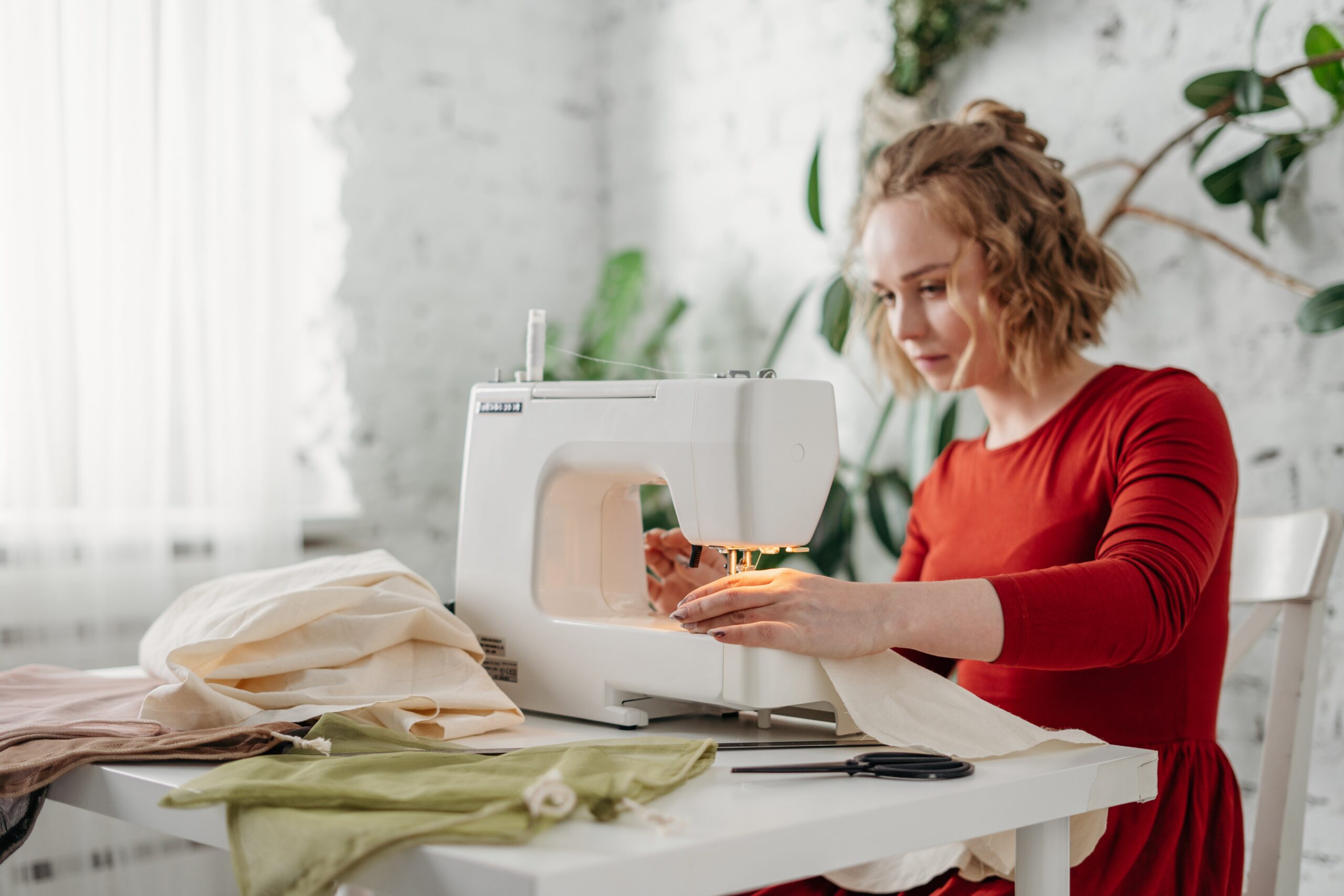
One way to lessen your impact on the environment is to make your own clothing. There is a lot of waste and pollution involved in the production, transportation, and selling of garments. However, you can go even further than that. If you really want to increase the greenness of your wardrobe, you can choose eco-friendly options when making your own clothes. Below are a few options.
Recycled Cotton
One thing you may not be aware of is that clothing itself can be created entirely from recycled materials. This is the case with recycled cotton. It can be created from either industrial sources of left-over cotton or from items previously used by consumers such as old cotton clothing. If you are looking to buy recycled cotton fabric for your own clothing, make sure it is clearly designated as such with some level of certification.
Recycled Plastic
Another option, you should consider is recycled plastic. This is a material that’s been woven from recycled bottles into something that can be used to create fabric. Thanks to places like BionicYarn.com, companies are able to take plastics such as water bottles and six-pack rings that could have otherwise ended up in landfills or dumps and create something new out of them. The yarns that can be created out of recycled plastic can go towards making things like clothing, bags, luggage, footwear, and interiors.
Organic Hemp
It may seem like a cliche leftover from the era of the hippies, but one of the best environmentally friendly choices for making your own clothing is organic hemp. Whatever you may think of the plant that produces it, hemp itself requires less water to grow than other options like cotton and creates very strong fabrics. Growing hemp is also good for the soil and can be done in a completely sustainable fashion, unlike other fabric products.
Silk
Silk is a fabric that has been used since ancient times and is renowned for its wonderful beauty and texture. What you may be unaware of is that it is a rather eco-friendly fabric choice as well. Silk is thankfully completely sustainable. Silk is produced by silkworms that are in no way a threatened species and can be easily raised. However, you should investigate the origin of the silk you buy to ensure that the human aspect of producing it is done ethically.
This list above is only a starting point for all the environmentally friendly choices for fabrics and clothing. Overall, do your research. If you know what went into a piece of material, you’ll be able to make wiser decisions when it comes to making your own clothing and lowering your impact on the Earth simultaneously.

